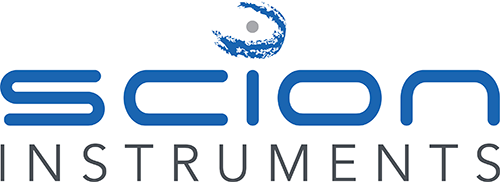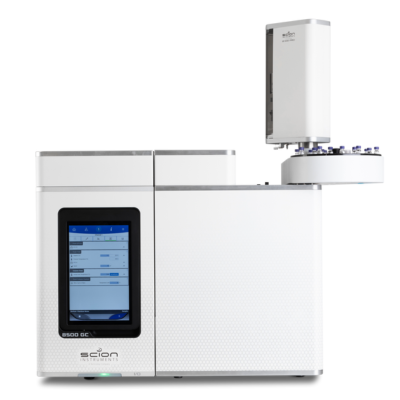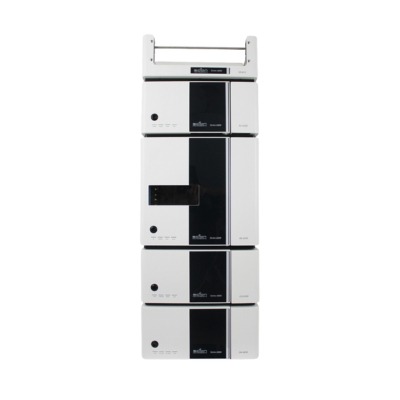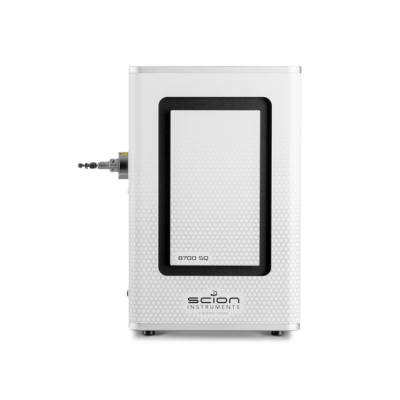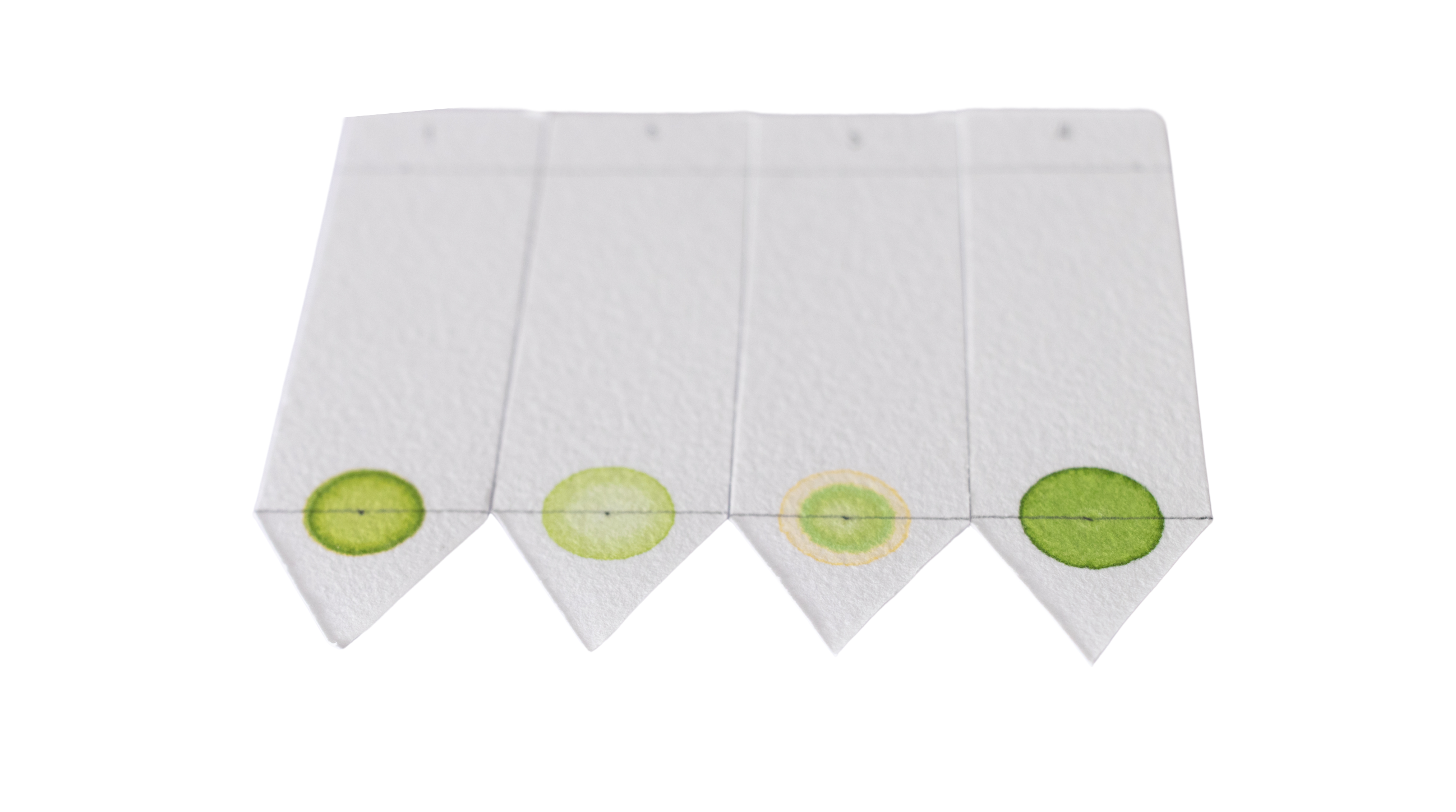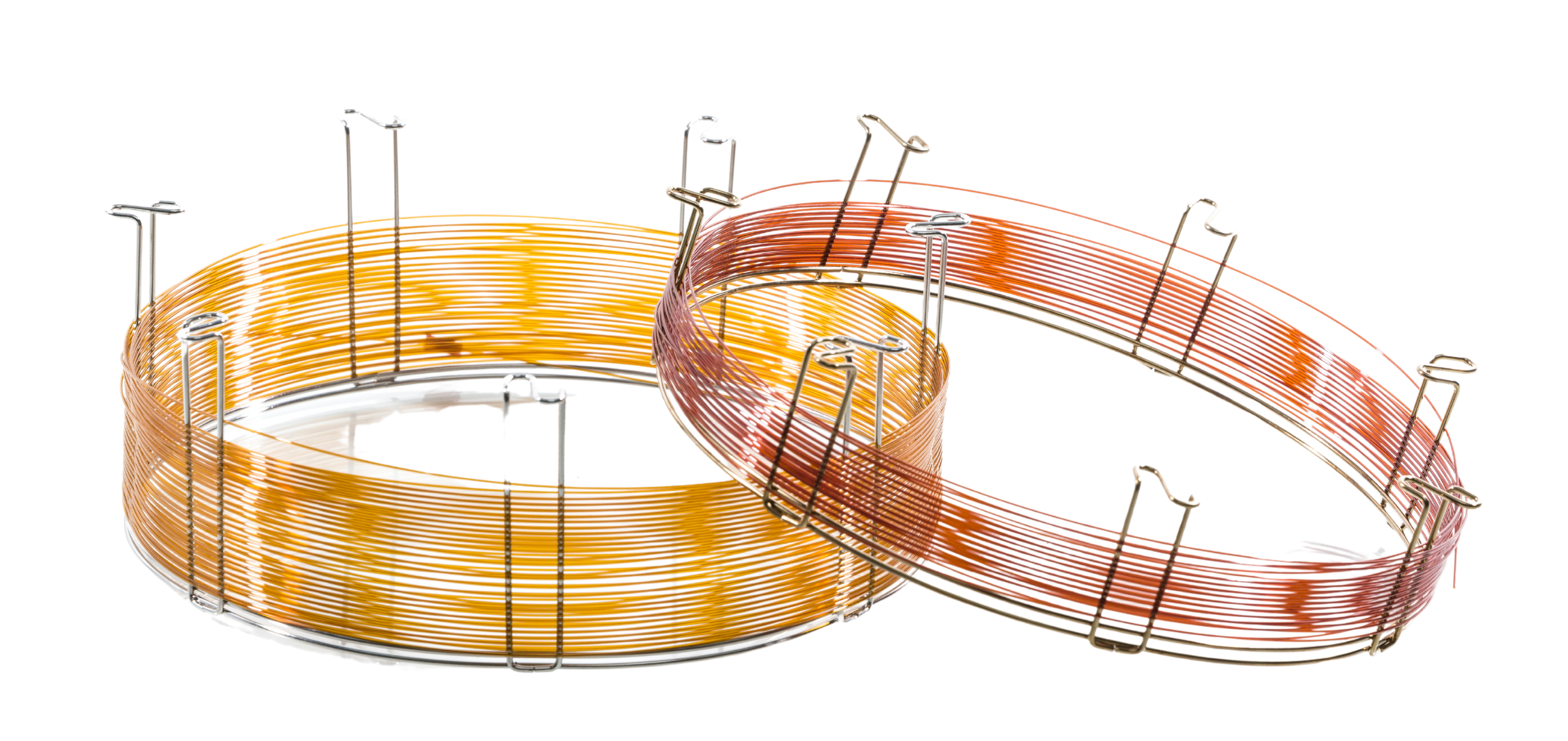Chromatography and Spectrometry Instruments
What are the basic chromatography instruments
Chromatography offers a wide range of techniques and instruments tailored for diverse analytical applications. At SCION, we provide a comprehensive selection of state-of-the-art chromatography solutions so researchers and analysts can address various testing needs. Our portfolio includes gas chromatography instruments such as the SCION 8500 and SCION 8300, along with mass spectrometry detectors like the SCION 8700 and SCION 8900. Additionally, we offer the versatile LC6000 HPLC system. Because each instrument delivers exceptional analytical performance, reliability, and efficiency, they are ideal for both routine and advanced research applications.
Gas Chromatography
Gas chromatography (GC) effectively separates and analyzes volatile compounds in mixtures. SCION develops advanced gas chromatography systems that offer high performance and flexibility.
Our gas chromatography systems build on the legacy of Chrompack and Varian, which Techcomp Group acquired in 2014. Since then, we have advanced the technology to enhance performance, efficiency, and ease of use.
We transitioned from the Varian 456 and 450 series to the next-generation SCION 8500 and 8300 models.
SCION 8500 GC: This versatile platform delivers high performance for various applications. It supports up to four data outputs, offers a wide range of detectors and inlets, and features nine electronic flow control (EFC) channels. The SCION 8500 GC tackles complex analytical challenges and comes in pre-configured setups for standard methods or customizable solutions for specialized needs.
SCION 8300 GC: This compact system offers powerful performance while saving space. Measuring only 32 cm (12.6 inches) in width, the 8300 GC maximizes functionality without compromising precision or productivity. Even though it has a small footprint, the 8300 GC supports up to two detectors, including a mass spectrometer. Therefore, it is perfect for labs with space constraints.
HPLC
High-Performance Liquid Chromatography (HPLC) separates, identifies, and quantifies volatile and non-volatile compounds in complex chemical mixtures. Because of its accuracy, industries like pharmaceuticals, medical research, food safety, and drug testing heavily rely on HPLC.
The LC6000 is engineered for precision, reliability, and speed, offering consistent performance to ensure confidence in results. Designed to maximize uptime and minimize operational costs, the LC6000 features a range of automation options to streamline workflows and enhance laboratory efficiency. At SCION our team of experts will collaborate with customers to tailor configurations that meet their unique requirements, delivering optimized solutions for every application.
Mass Spectrometry
Mass Spectrometry instruments offer a powerful analytical technique that pairs with gas chromatography (GC) to analyse complex chemical mixtures. In this process, the mass spectrometer instrument acts as a detector, identifying and quantifying vaporized compounds separated by GC. While GC provides data on retention time and peak intensity, MS adds vital mass data, enabling deeper insights into the structural and chemical properties of molecules.
SCION Mass Spectrometry Models
SCION 8700 Single Quadrupole (SQ): Designed for seamless integration with SCION GC systems, the 8700 delivers reliable and precise single-quadrupole analysis for complex chemical mixtures.
SCION 8900 Triple Quadrupole (TQ): For advanced applications, the 8900 offers triple-quadrupole functionality, enabling greater sensitivity and specificity for demanding analytical challenges.
At SCION, our mission is to deliver cutting-edge chromatography and mass spectrometry instruments so that modern laboratories can meet evolving analytical needs. Whether your focus is routine analysis or advanced research, our solutions provide exceptional performance, reliability, and value.
What does gas chromatography tell you?
Gas chromatography begins by introducing a sample into the instrument. The sample is then vaporizes and travels through a column carried by an inert gas (the mobile phase). As the sample moves through the column, each component interacts differently with the stationary phase, leading to separation based on boiling point, polarity, or molecular weight.
The resulting chromatogram shows each compound as a peak. The retention time (position on the horizontal axis) reflects how long each compound takes to pass through the column. The height or area of each peak correlates with the concentration of that compound in the mixture.
When coupled with mass spectrometry, GC provides deeper insights into molecular structure and chemical properties, enhancing the analysis of complex samples.
Which chromatography technique is best?
Each chromatography technique offers unique advantages depending on the type of samples being analysed:
Gas Chromatography instruments are commonly used in biochemical research, the petroleum industry, forensic science, pollution monitoring, and bioanalytical chemistry, among other fields. – Learn more
HPLC instruments are essential in pharmaceutical development, drug testing, and food production. – Learn more
Mass Spectrometry instruments deliver deeper insights into samples across forensics, toxicology, environmental monitoring, and the food industry. – Learn more
What is the difference between paper and column chromatography?
Both paper chromatography and column chromatography separate mixtures based on different affinities for the stationary and mobile phases:
Paper Chromatography: Uses a cellulose-based paper as the stationary phase and a solvent as the mobile phase. Compounds separate based on polarity and solubility, making this method suitable for simple, small-scale analysis.
Column Chromatography: Uses a vertical column filled with a solid stationary phase (e.g., silica gel). A solvent flows through the column, separating compounds based on interactions with the stationary phase. This technique works well for complex mixtures and offers greater control over separation by adjusting the solvent composition.
Both methods play vital roles in various fields, including biochemistry, environmental science, and pharmaceuticals, helping researchers isolate and identify individual compounds within a mixture.
In contrast, column chromatography employs a vertical column filled with a solid stationary phase, such as silica gel. By passing a liquid solvent through the column, the technique facilitates the separation of compounds. Therefore, its effectiveness lies in its ability to separate substances based on various interactions with the stationary phase. By adjusting the composition of the mobile phase, researchers can enhance separation. This is method particularly versatile for complex mixtures.
Both techniques are valuable for analysing chemical mixtures and are widely used in various fields, including biochemistry, environmental science, and pharmaceuticals, enabling scientists to isolate and identify individual compounds within a sample.
